In North African countries, like Morocco, Lybia, Tunisia, and Algeria people invented a delicious dish with small granules of crushed durum wheat. It is steamed and served as a fluffy, starchy accompaniment to soups, stews, and braises. Nowadays you can find this pasta-like grain throughout the world. Would you like to test its spread? Go to the United States, you can find it easily in most major grocery stores in the U.S.
Different recipes are presented to cook Couscous dishes, as it has been the object of various conformations (updates) according to different recipient cultures. Here we tried to present you with a traditional couscous, which has a very fine grain and you will find out how to use saffron in cooking.
It is worth having
Regular Couscous is extremely easy, but the traditional version takes a long time to prepare. It is worth it as it is one of the healthiest portions of pasta, Couscous has twice as much vitamin B6, niacin, riboflavin, and folic acid as pasta and has 3.6 grams of protein per 100 calories. Its fat content per 100 calories is less than both rice and pasta. Let’s have a look at what you need for this Moroccan magical pasta.
Let us immerse ourselves in the enjoyment of providing the materials you need to prepare the Couscous.
Ingredients
4 Roma tomatoes
2 zucchini
1 bell pepper
1 red onion
4 cloves garlic
2 Tbsp virgin olive oil
2 pinches salt and black pepper
2 cups couscous
3 cups vegetable broth
1/4 bunch parsley
Start your oven and Preheat it to 400ºF. Wash and take a knife to chop the tomatoes, zucchini, bell pepper, and red onion into 1 to 1.5-inch pieces. Peel four cloves of garlic but leave them whole.
Toss the chopped vegetables and garlic with 2 tablespoons of virgin olive oil. Spread them out on a baking sheet so they are in a single layer. Sprinkle a couple pinches of salt and pepper over the vegetables
As we are going to prepare a roasted vegetable Couscous, Place the vegetables in the oven and roast them at 400ºF for about 45 minutes, stirring twice throughout, until the vegetables are wilted and browned on the edges. Meantime, cook the couscous.
Having added the vegetable broth to a sauce pot, cover it with a lid, and bring it to a boil over high heat. As soon as it starts boiling, add the couscous, turn off the heat, and cover the pot with the lid once again. Let the couscous sit, undisturbed, for ten minutes. Then, fluff with a fork.
After the roasting of the vegetables is finished, collect the four garlic cloves, and chop them well. They will be quite soft. Also roughly chop the fresh parsley.
Combine the couscous, roasted vegetables (including garlic), and parsley in a bowl, and stir to combine. Season with more salt and pepper if desired. Serve warm or cold!
Moroccan couscous with Iranian model: Saffron-added version
Ingredients for preparing
1 large pumpkin and carrot (each).
Turnip (cut into 4 halves) 1 pc
Long spicy green pepper 1 to 2 pcs
Chicken (optional) 250 grams
Tomatoes (mashed) 2 tomatoes
Ginger powder 1.2 tsp
Black pepper powder 1.2 tsp
1 can of canned chickpeas
Turmeric 1.4 tsp
Saffron (ground) 1.5 tsp
Red pepper powder 1.2 tsp
1 cup boiled water
Potatoes (finely diced) 4 potatoes
Butter (1 teaspoon + 1 spoon for inside couscous) a certain amount
Coriander 1 small bunch
Couscous 250 grams
Garlic (crushed) 2 cloves of garlic
Onions (fine) 5 to 8 onions
Special pot? Yes and no!
Because here we are going to steam our food in this version, normally we need a special pot of couscous that consists of two parts.
A lower part is the pot where the couscous stew is cooked, and the upper part is the couscous basket where the couscous is steamed.
Don’t worry please and don’t say: I don’t have a pot, done – cook couscous in steam mode and follow the steps and make stew separately.
These pots are steamed while cooking the stew with the steam of the stew.
The preparation stages
Let the butter melt in medium heat in the pot. Add the peeled onions along with the chicken and fry. Saute the pepper until it is slightly fried on the onions and add garlic.
Now add all the spices and mix and add the tomato puree.
Fry a little and pour some water. Coarsely chop the coriander and add it.
Let the stew water boil. Because I used vegetable chicken, it does not need to be cooked, so immediately after boiling, we add the potatoes and stir until the potatoes are half cooked.
For this recipe, be sure to use small couscous because couscous has different sizes and the smallest one is used for this recipe.
Put the couscous in a container. Then pour 1/4 cup of boiling water and mix the couscous with the help of both hands and knead it between two hands, if any lumps are stuck together, separate them.
Prepare the basket on the pot. Pour the couscous into the basket and put it on the pan and reduce the heat. Leave it until the potatoes are half cooked. Then take the couscous, put it in a mixing bowl again, and massage it between your hands until the stuck grains are separated.
Couscous should be separate like rice and not stick to each other. Now we pour the remaining half cup of water into the couscous and massage again with our hands. Afterward, we add carrots and turnips to the pot.
We put the basket containing couscous on the pot again and put a lid on it to let it boil again.
After cooking vegetables
After cooking carrots, turnips, and potatoes, add pumpkins and let them cook.
If you use canned chickpeas, you can add it last so that chickpeas don’t get crushed.
When the couscous boils, it gets voluminous a little and it becomes softer. When serving, pour the couscous into a bowl. Add 1 spoon of butter and a little salt to it, and massage it well with your hands until all the grains are separated and the butter is added to them.
Now we prepare a large dish and pour the couscous in the form of a mound in the center of the dish and empty the middle with the help of our hands. We pour a little bit of stew sauce (meaning stew water) on the couscous very little and then our vegetable ingredients. Pour it into the center of the dish.
Pour the rest of the stew sauce into a separate container and put it on the table for anyone to use.
Conclusion
As you can see, we can prepare Moroccan couscous in different ways; without or with saffron. In any case, its simplicity and at the same time being a complete meal have made it a popular and universal food. If you want to prepare the saffron version of this dish, the Ghaaneh brand can provide you with the best type of saffron as soon as possible so that you can experience a different taste.
FAQs
How do you Cook Couscous?
Cooking Couscous is not a tough task. Just leave the couscous to sit in boiling water (1 part couscous to 1.5 parts water) for ten minutes. The couscous will quickly absorb the hot water. It is edible after it fluffs. Flavoring couscous by cooking it in vegetable broth and adding condiments and spices like saffron is optional.
May I have different Vegetables on the table?
Almost any kind of vegetable that you can get on you, could be an option including eggplant, yellow squash, mushrooms, or broccoli. Root vegetables need to be cut slightly smaller to make sure they soften.
What can we serve with Roasted Vegetable Couscous?
A simple answer is meat. If you are a vegetarian, serve it alongside Marinated Portobello Mushroom Burgers, a Scallion Herb Chickpea Salad sandwich.




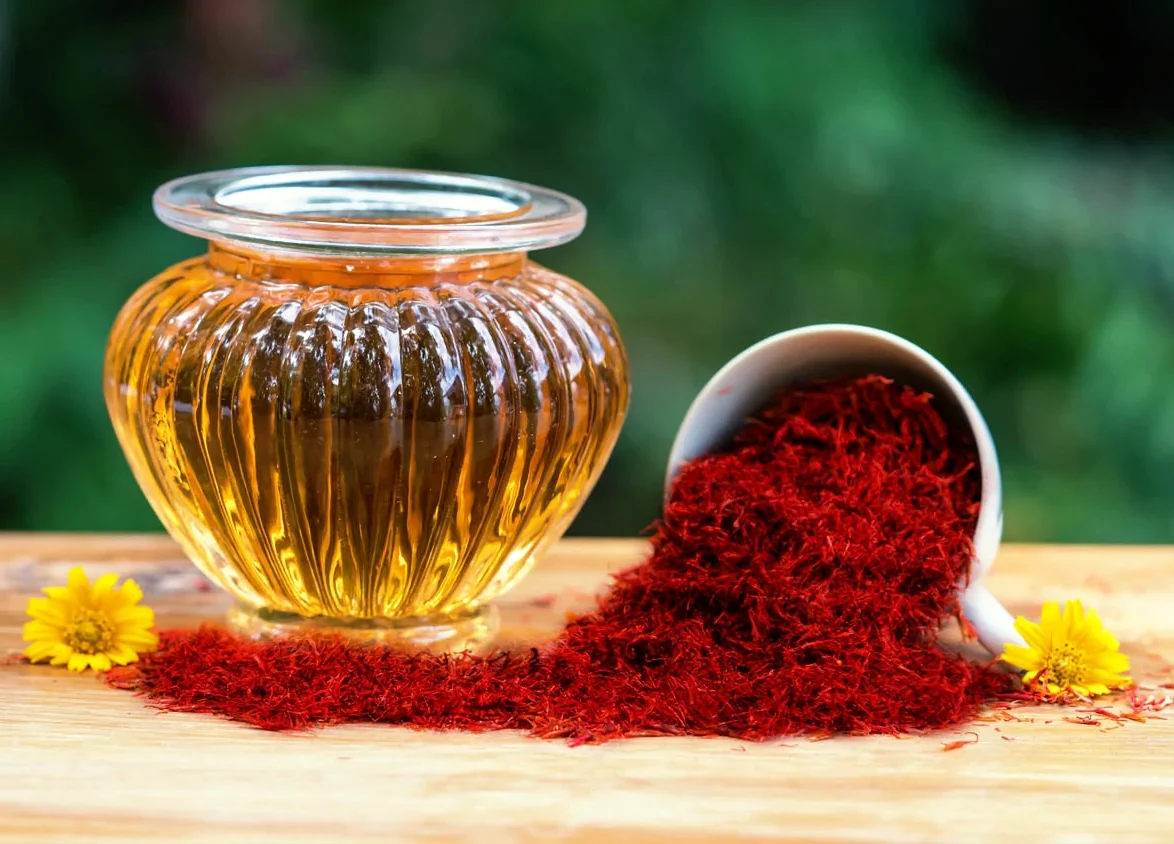
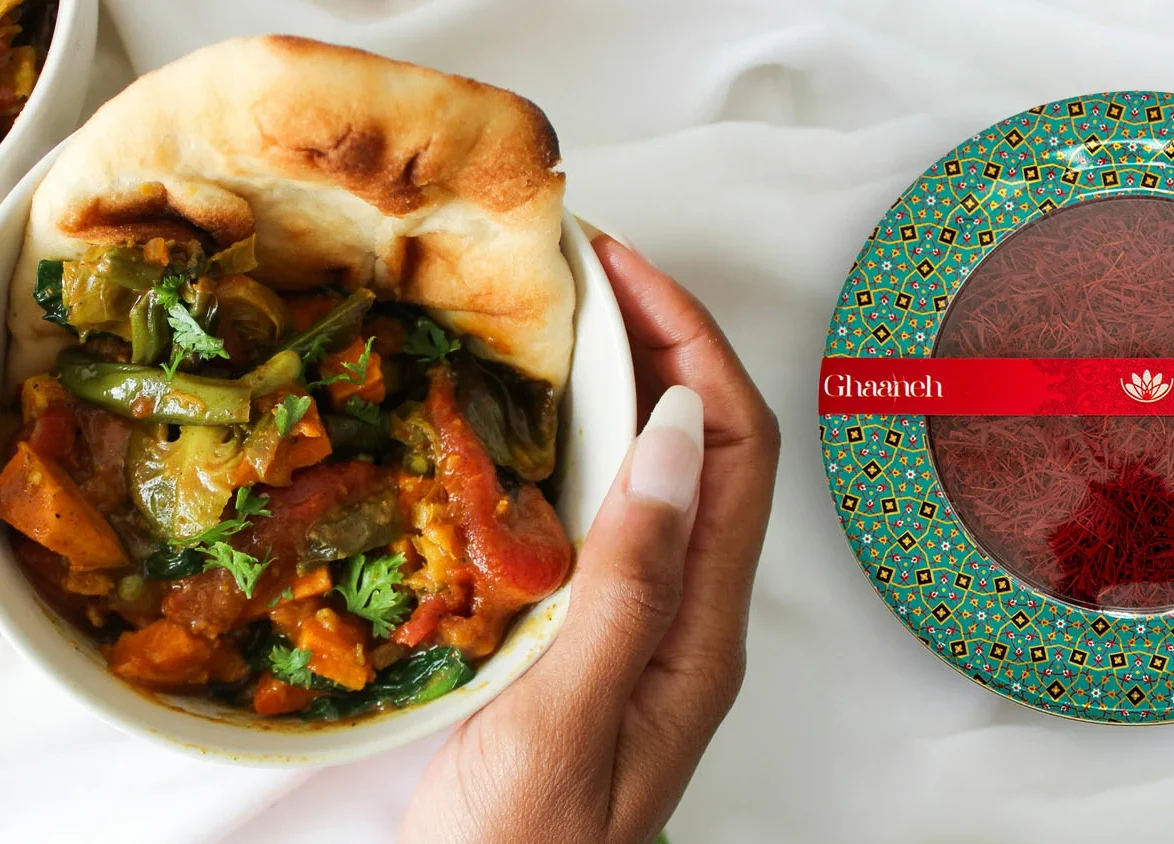
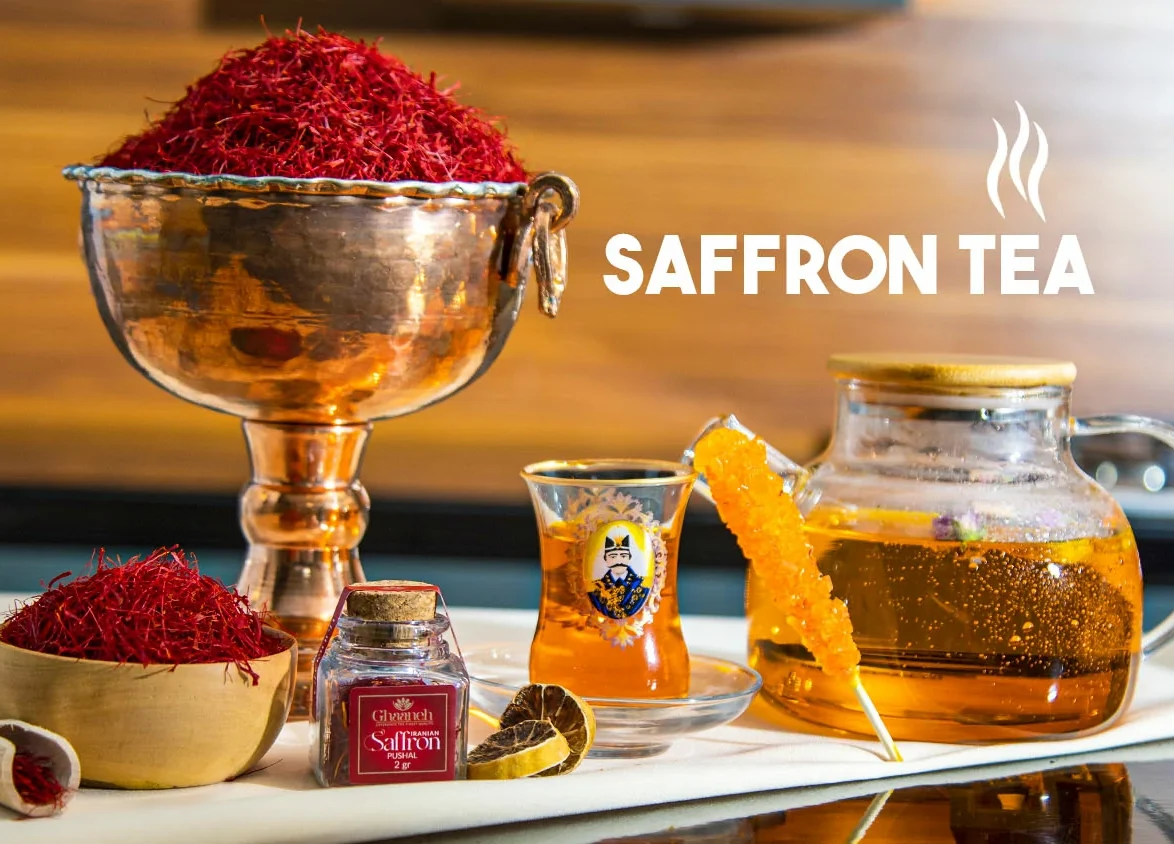
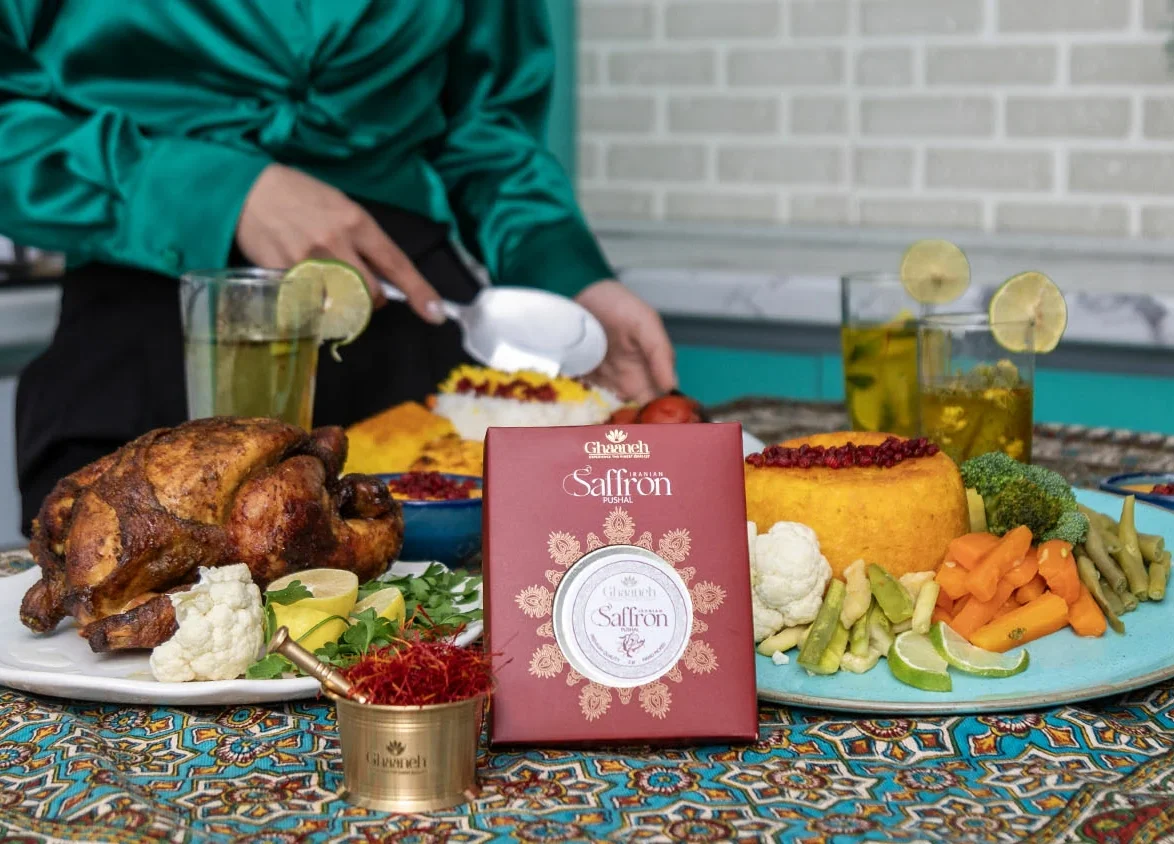
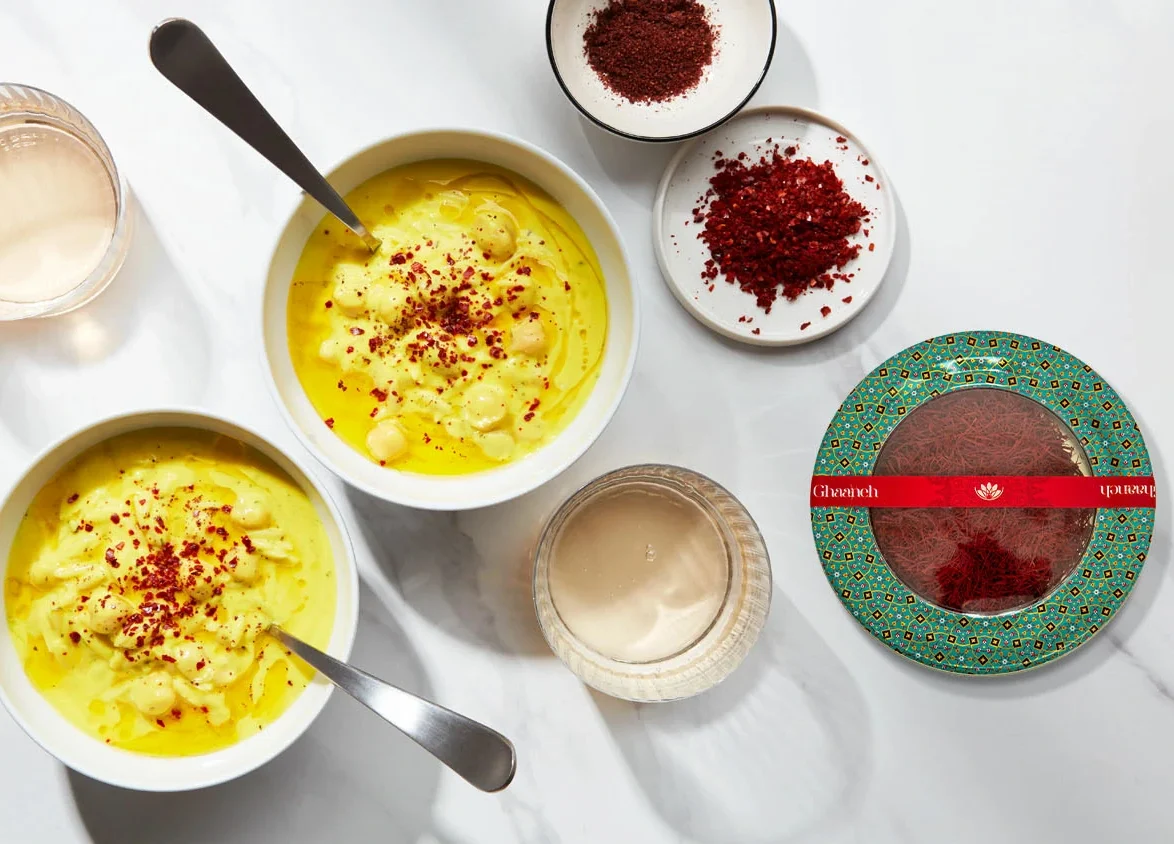
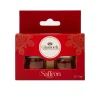
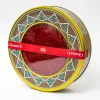
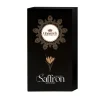
Nice Recipe, I really enjoy food that has saffron in it.
Couscous!!!
I’ve been exploring for a bit for any high-quality articles or weblog posts in this sort of area .
Exploring in Yahoo I at last stumbled upon this site.
Studying this info So i’m glad to exhibit that I’ve a very good uncanny feeling
I found out just what I needed. I such a lot indisputably will make sure to do
not put out of your mind this web site and give it a glance
regularly.
oh what a wonderful read! quite enjoyed the details in the recipe.